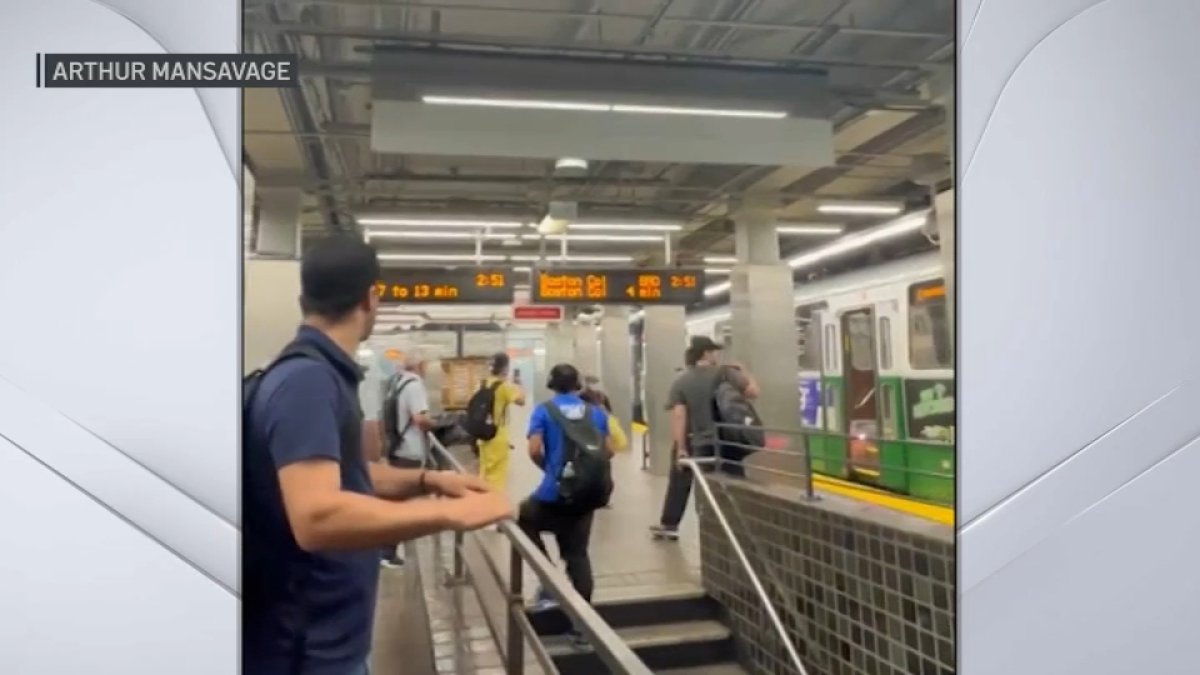Brattle Loop
Senior Member
- Joined
- Apr 28, 2020
- Messages
- 1,146
- Reaction score
- 2,028
I really wish they would communicate/appreciate how absolutely important travel times/removing slow zones are. It is so much more than just "getting riders where they need to go faster". Running trains at track speed will:
- Reduce car traffic on streets by improving travel times of alternatives to driving (Downs-Thompson Paradox), effectively speeding up trips for BOTH car and transit users
- Improve the public's faith in transit being a viable transportation option. I'm talking about all the business people, bar hoppers in southie, and yuppie's who just automatically call a uber from wherever they are without thinking if the T would be faster or more economical.
- Reduce the amount of rolling stock and train operators needed to provide the same level of service & headways. Or, if we keep the amount of rolling stock fixed, increase the amount of service we can provide with the same equipment (need to buy & maintain fewer train cars). Removing the 5-6 mins of slow zones on the Orange Line is literally equivalent to having an ENTIRE extra trainset in service. I don't know how much it costs to fix slow zones, but I'm sure it costs a hell of a lot less than a 6-car trainset, not to mention the extra wages and pensions of the people operating and maintaining that extra train.
- Since faster trip times = lower headways, this reduces the dwell time at each station (since more frequent trains = fewer people that need to enter/exit each train)
- Reduce the amount of train bunching (trains can clear their fixed block in the signal system faster, reducing the chance that the train behind would hit a red signal).
Like, it's about time that speeding trains up is taken seriously as a solution to fixing traffic.
All of that is true, but at the same time, how much of that is useful information to general audiences? Most people, when considering transportation options, aren't going to care much about things like whether the T's more efficient or that it's essentially 'added' an extra trainset by eliminating slow zones. "Getting there faster" is one of the most important points, along with it being reliable. People who could but don't take the T are probably doing so because it's either a.) too slow or b.) too unreliable. Focusing the general-audience marketing on "getting there faster" and (at least implicitly) more reliably speaks to both of those things without the cruft of jargon that most people aren't going to care very much about. (Though they can and should absolutely be talking up those more-specific things in appropriate contexts, including to media outlets better positioned to put that kind of info in context than a short update video.)



